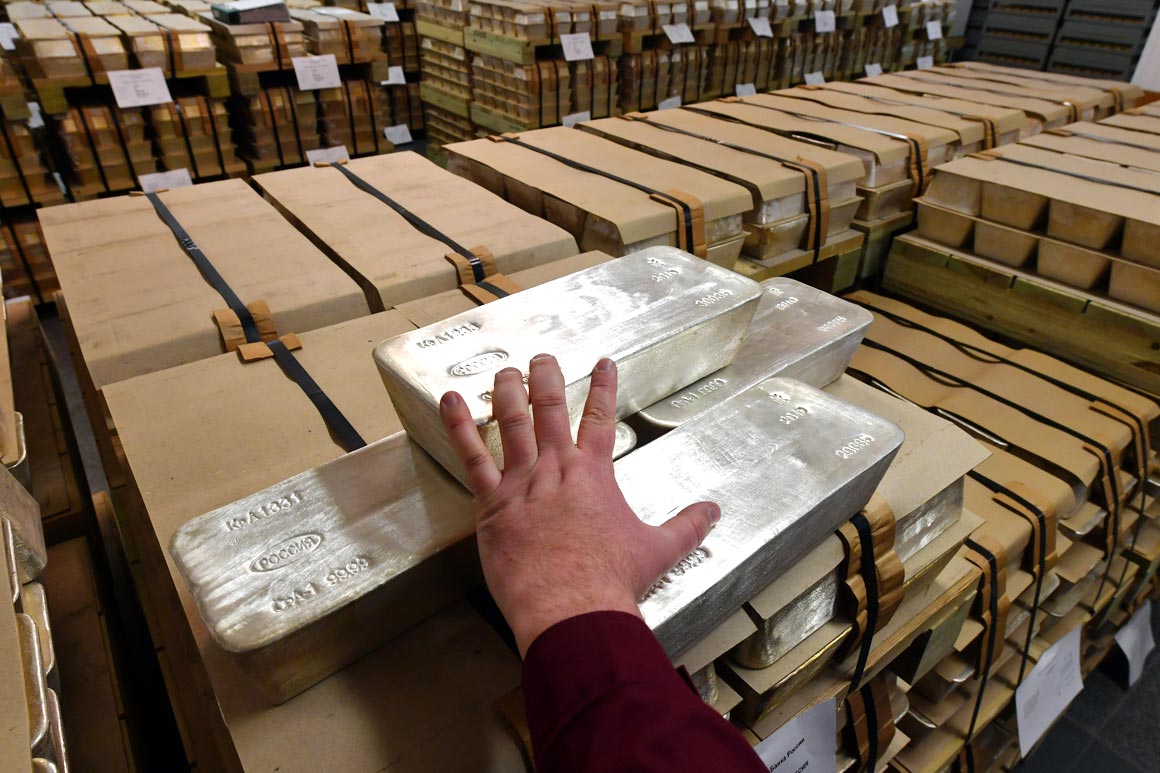COMEX is a commodities futures exchange where the supply of future raw materials and other goods is traded for delivery in the future.
KEY HIGHLIGHTS
- COMEX is the world’s largest marketplace for futures and options trading for precious metals.
- It is a division of the Chicago Mercantile Exchange (CME).
- Precious Metals futures are mostly used for hedging and are not typically delivered.
- The COMEX acts as an intermediary.
- Each Silver Futures contract is the equivalent of 10 American Silver Eagle Monster Boxes.
COMEX is an electronic trading platform that allows investors and brokers to trade futures contracts on a variety of consumable resources, both man-made and natural.
Oil, pork bellies, orange juice and precious metals like gold and silver are just some of the natural resources that are traded via futures contracts.
Gold, silver, platinum and other metal and mineral resources that are bought and sold with futures contracts.
One reason for the COMEX market to exist is to give manufacturers of both consumable and durable goods some indication of what the cost to manufacture their products will be in the future.
Many manufacturers use silver in many of the tiny electrical components that are used in everyday items such as cell phones, hearing aid batteries and solar panels. Silver is a great conductor of electricity.
On average, electric vehicles that are being built today each have roughly 2 troy ounces of silver.
Precious metals prices can be volatile.
Trading silver futures on the COMEX market allows manufacturers to secure mined resources like gold and silver at a fixed price months before it is needed for manufacturing.
This also affords mining companies some indication of what they will be paid for getting silver out of the ground.
This helps manufacturers to more effectively manage the upstream supply chain and be able to go to market with a product that is competitively priced.
History of COMEX
Commodity Exchange Inc. (COMEX) is the main exchange for silver, gold and platinum futures.
The exchange was founded in 1933 through the merger of four smaller exchanges based in New York.
Of the four smaller trading exchanges, gold and silver were mainly traded through the National Metal Exchange.
According to CME Group, more than 400,000 futures and options contracts trades are executed each day on COMEX.
This is the most active and liquid precious metals exchange in the world.
The trading activities of traders worldwide influence the spot price of silver and gold around the clock.
Today, COMEX is part of the New York Mercantile Exchange (NYMEX) and is an operating division of the CME Group.
Silver & Gold Futures Contracts
The current spot price is silver is the price per ounce of silver being traded for delivery sometime in the future.
The vast majority of the gold and silver contracts that are traded are never intended for physical delivery.
Only a small percentage of the gold and silver futures contracts that are bought and sold actually get delivered to a buyer.
Silver futures contracts are comprised of 5,000 troy ounces of silver to be delivered at a date specified in the contract.
The price of a contract is based on today’s silver spot price per ounce.
If silver spot price is trading at $20 per ounce then the cost to buy one full contract of silver would be $100,000.
The futures market is most often used by Commercial Banks, Wall Street trading firms, hedge funds and other investment focused companies as a hedging vehicle used to mitigate risk they have in other investments.
Less than 1% of gold and silver futures contracts ever get delivered. The majority of trades are made on the promise of delivery without any intent to deliver.
Taking physical delivery of silver contract is done quite often by brokers, clearing houses, private mints, sovereign government mints, large scale manufacturers and others.
It’s possible that private investors could also take delivery of a silver futures contract. Delivery of precious metals can be arranged via armored car services for shipment from COMEX Registered Vaults to your private home vault or other secure location.
How much silver is in 5,000 oz futures contract?
While 5,000 troy ounces sounds like a lot of silver, it’s the equivalent of just 10 Monster Boxes of American Eagle Silver 1 oz coins.
Each Monster Box of Silver Eagles contains 500 troy ounces.
Every month the US Mint mints millions of 1 oz silver Eagle coins.
That’s equivalent to around 2,000 Monster Boxes, or ten full silver futures contracts consumed by the Treasury each month just to produce their signature bullion coin.
